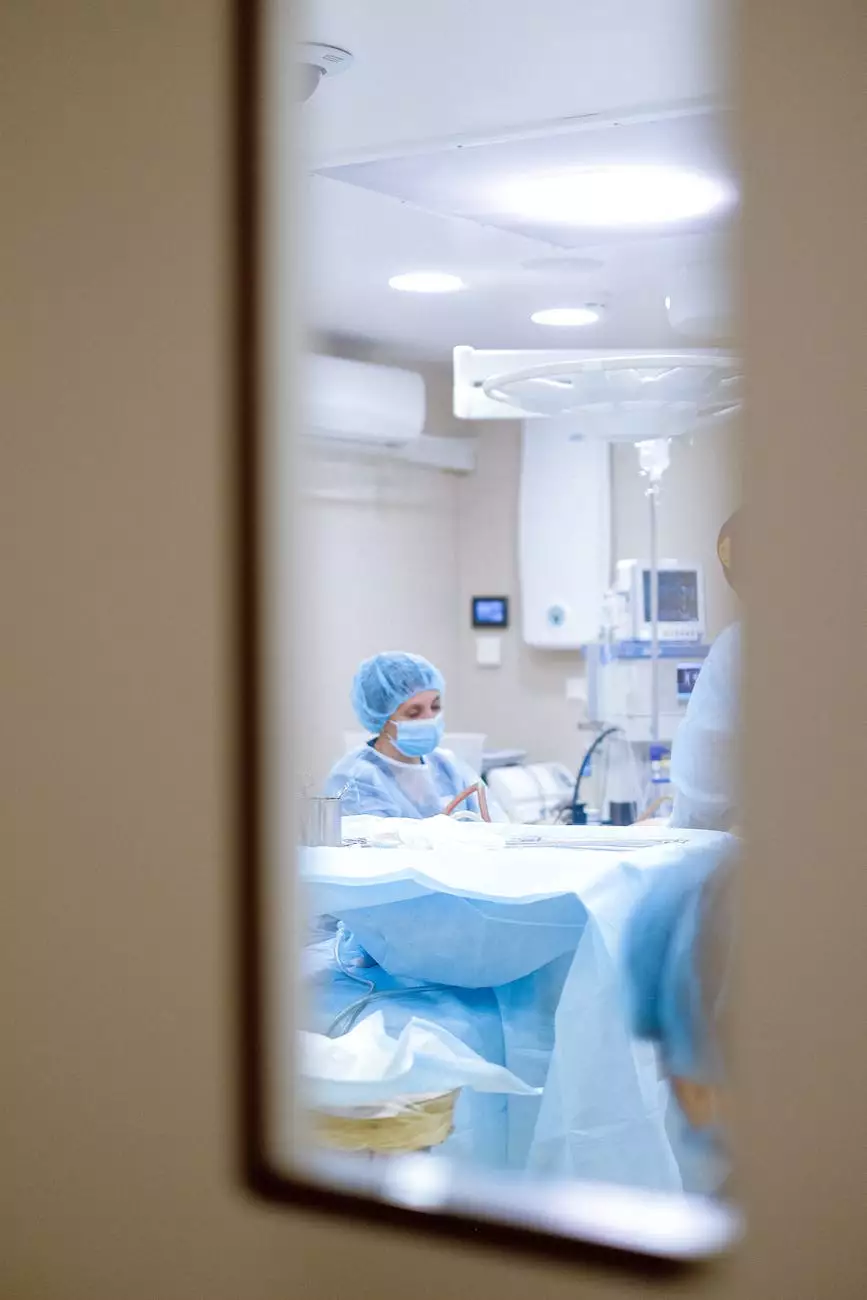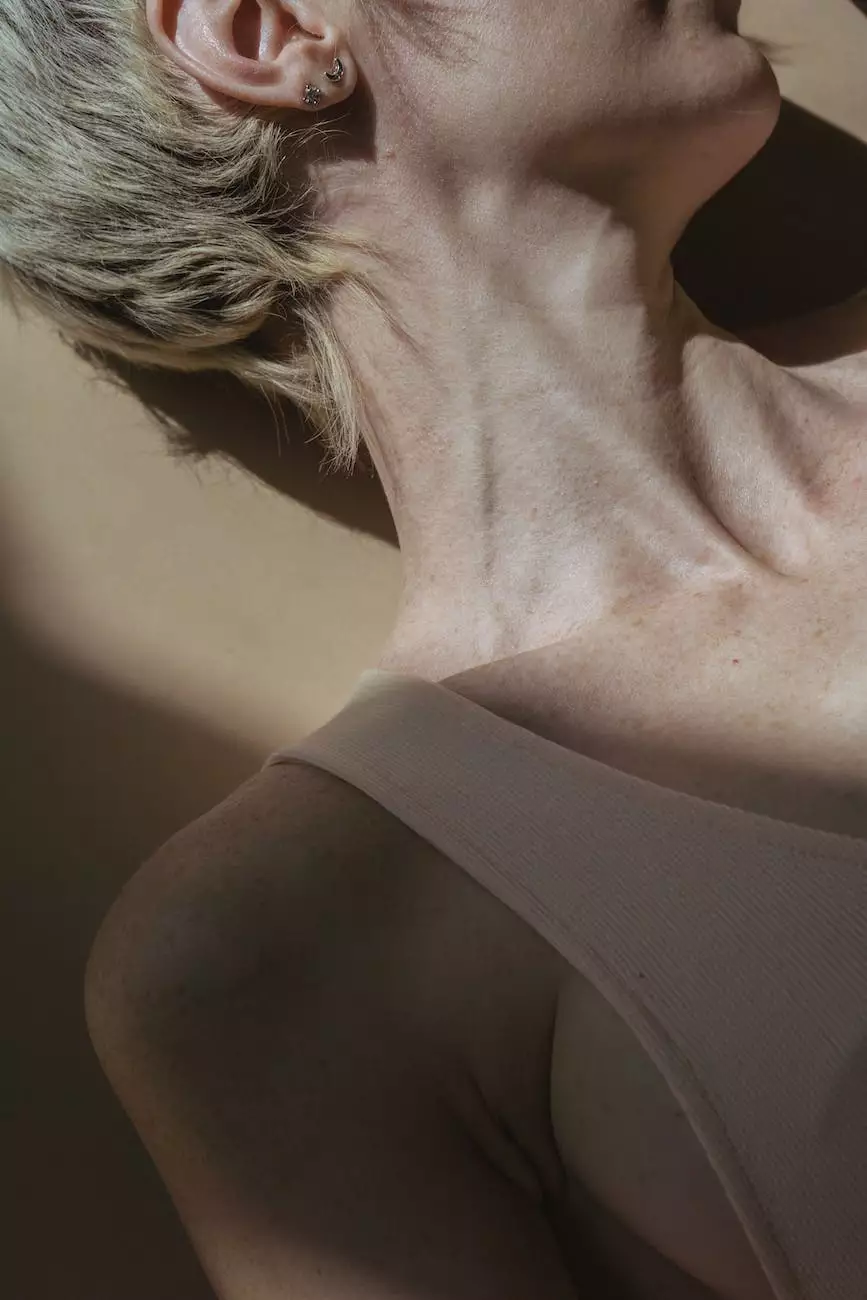Exploring the Medical Terminology of Left Salpingo-Oophorectomy

Doctors, Health & Medical, Obstetricians & Gynecologists
Understanding the Basics of Left Salpingo-Oophorectomy
Left salpingo-oophorectomy is a medical term commonly used in the field of obstetrics and gynecology. It refers to a surgical procedure that involves the removal of the fallopian tube and ovary on the left side of the reproductive system. This procedure is often carried out to treat various conditions such as ovarian cysts, endometriosis, and certain types of ovarian cancer.
The Importance of Left Salpingo-Oophorectomy
Left salpingo-oophorectomy is an essential surgical technique that can significantly improve a patient's quality of life. By removing the affected fallopian tube and ovary, it aims to alleviate symptoms, prevent further complications, and effectively treat underlying reproductive system disorders.
In cases of ovarian cysts, which are fluid-filled sacs that develop on the ovary, left salpingo-oophorectomy may be necessary to eliminate the cyst and prevent it from rupturing or causing pain. Similarly, in instances of endometriosis, a condition where the tissue lining the uterus grows outside of it, this surgical procedure can remove the affected structures and provide much-needed relief to patients.
Moreover, when left salpingo-oophorectomy is performed as part of the treatment for ovarian cancer, it can be life-saving. By removing the diseased ovary and fallopian tube, this procedure helps to eliminate cancer cells and prevent the further spread of the disease to other parts of the body.
The Surgical Process
Left salpingo-oophorectomy is typically carried out under general anesthesia, ensuring that the patient remains unconscious throughout the procedure. The surgeon accesses the affected area through small incisions in the abdominal region, using minimally invasive techniques whenever possible to reduce scarring and promote quicker recovery.
During the surgery, the surgeon carefully removes the left fallopian tube and ovary, ensuring the preservation of nearby healthy tissues. After the removal, the incisions are closed using dissolvable sutures or surgical staples, and the patient is moved to a recovery area.
Recovery and Postoperative Care
Following left salpingo-oophorectomy, a patient's recovery period will vary depending on individual factors such as age, overall health, and the specific condition being treated. However, most individuals can expect a relatively short hospital stay, ranging from a few hours to a couple of days.
Postoperative care is crucial to facilitate proper healing and minimize the risk of complications. The medical team will provide detailed instructions regarding pain management, wound care, and activities to avoid during the recovery period. It is essential to follow these guidelines closely to support the healing process.
Additionally, the patient may be advised to schedule follow-up appointments with their healthcare provider to monitor progress, discuss any concerns or side effects, and determine the need for further treatment or interventions.
Potential Risks and Complications
Like any surgical procedure, left salpingo-oophorectomy carries certain risks and potential complications. It is important for patients to be aware of these possibilities and consider them when making an informed decision about the procedure.
Common risks associated with left salpingo-oophorectomy include infection, bleeding, damage to surrounding tissues or organs, and adverse reactions to anesthesia. Additionally, the removal of the left fallopian tube and ovary might impact fertility in some cases. Therefore, discussing the potential consequences and exploring alternative treatment options with your healthcare provider is encouraged.
Conclusion
Left salpingo-oophorectomy is a vital surgical technique used in obstetrics and gynecology to treat various conditions affecting the reproductive system. Whether it is performed to address ovarian cysts, endometriosis, or ovarian cancer, this procedure aims to alleviate symptoms, prevent complications, and improve the overall quality of life for patients.
If you are experiencing any symptoms or have concerns related to your reproductive health, consulting with a qualified obstetrician and gynecologist is essential. They will help evaluate your specific situation, provide expert guidance, and offer appropriate treatment options to meet your needs.
left salpingo oophorectomy









